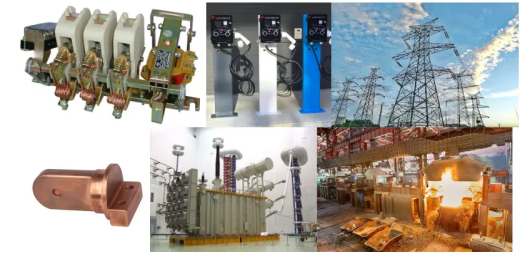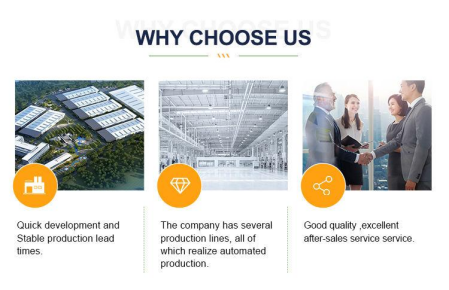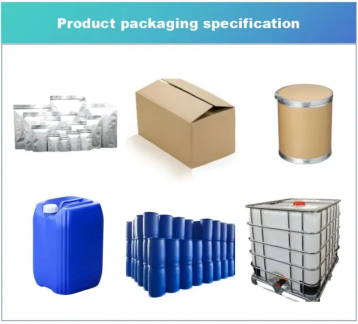Overview of Copper Pole
Copper pole refers to the pole made of molten electrolytic copper through a certain process, which belongs to the wire rod shape. Copper pole is the raw material for producing wire and cable, copper bar and copper rod, and other products.
Advantage of Copper Pole
Copper pole has good electrical conductivity, thermal conductivity, corrosion resistance and processing performance, smooth surface without wire drawing, precise size, high mechanical properties, high copper content, low oxygen content, dense structure, and free supply length. Our product grades have good processing performance and can meet various needs.
Low resistivity: Copper rods have lower resistivity than iron rods, so copper rods are suitable for wire and cable.
Large ampacity: Copper rods have higher ampacity and can transmit more current, so copper rods are often used for power transmission and distribution.
Good elasticity: The copper rod has good flexibility, which allows the copper rod to draw thinner wires and cables, while the copper rod is also easier to weld when connected.
Low coefficient of thermal expansion: The coefficient of thermal expansion of copper rods is relatively small, which means that copper rods do not produce excessive stress when the temperature changes, which can reduce damage to wires and cables.
Good corrosion resistance: The copper rod has good corrosion resistance in the natural environment and some specific environments, which makes the copper rod more suitable for outdoor or humid environments.
Good thermal conductivity: Copper rods have good thermal conductivity, which allows copper rods to be used in radiators, heat exchangers, and other equipment that needs to dissipate heat.

Application of copper poles
Application of Copper Poles
The copper pole is used in the electrical industry, new energy charging piles, electricians, electrical appliances, power transmission and transformation, molds, hardware processing, and other industries. It is a high-quality conductive material for various high and low-voltage electrical accessories. It is the raw material for producing wire and cable, copper bars and copper rods, and other products.
The raw materials used by Luoyang Trunnano Tech Co., Ltd to make copper pole include oxygen-free copper and copper copper, the grades are C11000, C10200, C10300.
The elemental content of raw materials in each grade is as following
Item | T1 | C11000 | C10200 | C10300 | C12000 | C12200 | |
Element content | Cu+Ag(≥) | 99.95 | 99.9 | 99.97 | 99.95 | 99.9 | 99.9 |
P(≤) | 0.001 | 0.002 | 0.002 | 0.004-0.012 | 0.015-0.04 | ||
Bi(≤) | 0.001 | 0.001 | 0.001 | 0.001 | 0.002 | 0.002 | |
Sb(≤) | 0.002 | 0.002 | 0.002 | 0.002 | 0.002 | 0.002 | |
As(≤) | 0.002 | 0.002 | 0.002 | 0.002 | 0.002 | 0.005 | |
Fe(≤) | 0.005 | 0.005 | 0.004 | 0.004 | 0.01 | 0.05 | |
Ni(≤) | 0.002 | 0.005 | 0.002 | 0.002 | 0.005 | 0.01 | |
Pb(≤) | 0.003 | 0.005 | 0.003 | 0.004 | 0.005 | 0.005 | |
Sn(≤) | 0.002 | 0.002 | 0.002 | 0.002 | 0.002 | 0.01 | |
S(≤) | 0.005 | 0.005 | 0.004 | 0.004 | 0.005 | 0.005 | |
Zn(≤) | 0.005 | 0.005 | 0.003 | 0.003 | 0.003 | 0.003 | |
O(≤) | 0.02 | 0.06 | 0.002 | 0.003 | 0.01 | 0.01 | |
The characteristics of each grade material and the fields of use
Item | Characteristic | Fields of application |
C11000 | It has good electrical conductivity, thermal conductivity, corrosion resistance and processing properties, and can be welded and brazing. Impurities containing reduced electrical and thermal conductivity are small, and trace amounts of oxygen have little effect on electrical conductivity, thermal conductivity and processing properties, but it is easy to cause "hydrogen disease", and it is not easy to process (annealing, welding, etc.) and use in a high temperature (such as 370 °C) reducing atmosphere. | Used in electrical, thermally conductive and corrosion-resistant equipment. Such as: wires, cables, conductive screws, detonators for blasting, chemical evaporators, storage devices and various pipelines |
C10200、C10300 | It has high purity, excellent electrical and thermal conductivity, no "hydrogen disease" or very little "ammonia disease" (no hydrogen embrittlement), good processing performance and welding, corrosion resistance and cold resistance | It is mainly used as electric vacuum instrumentation devices, various hardware products, lamps, pipe fittings, zippers, plaques, rivets, springs, settlement filters, etc |
C12000 | Its welding performance and cold bending performance are good, generally no "hydrogen disease" tendency, can be processed and used in a reducing atmosphere, but not suitable for processing and use in an oxidizing atmosphere. The residual phosphorus content of C12000 is less than that of C12200, so its electrical and thermal conductivity is higher than that of C12200. | It is mainly used in pipes, but can also be supplied as plates, strips or rods and wires. Used as gasoline or gas transmission pipes, drain pipes, condensation pipes, mine pipes, condensers, evaporators, heat exchangers, train car parts. |
C12200 |

NANOTRUN(www.rboschco.com) is a trusted global chemical material supplier & manufacturer with over 12-year-experience in providing super high-quality chemicals and nanomaterials, including boride powder, nitride powder, graphite powder, sulfide powder, 3D printing powder, etc.
The company has a professional technical department and Quality Supervision Department, a well-equipped laboratory, and equipped with advanced testing equipment and after-sales customer service center.
If you are looking for high-quality copper poles, please feel free to contact us or click on the needed products to send an inquiry.

Packing of Copper Poles
We have many different kinds of packing which depend on the quantity.

Payment Methods of Copper Poles
L/C, T/T, Western Union, Paypal, Credit Card etc.
Shipment of Copper Poles
By sea, by air, by express as soon as possible once payment receipt
Q1
What is the production process of copper rods?
Answer: The production process of copper rods usually includes steps such as smelting, continuous casting, and rolling. First, copper ore or scrap copper is smelted to obtain liquid copper. The molten copper is then cast into copper rods through a continuous casting machine. Finally, the copper rod is rolled into the required specifications and shapes through a rolling mill.
Q2
What factors affect the price of copper rods?
Answer: The price of copper rods is mainly affected by factors such as copper prices, production costs, and market supply and demand. Fluctuations in copper prices will directly affect the cost and selling price of copper rods. In addition, factors such as changes in production costs and increases or decreases in market demand will also have an impact on the price of copper rods.
Q3
How to care and maintain copper poles?
Answer: During the use of copper rods, it is necessary to pay attention to maintenance measures such as moisture-proof, dust-proof, and anti-corrosion. For exposed copper rods, you can apply anti-rust oil or spray plastic to prevent oxidation. At the same time, regularly check and maintain the condition of the copper rods, and discover and deal with possible problems in a timely manner.
Q4
What is the difference between copper rod and copper pipe?
Answer: Copper rods and copper pipes differ in shape and purpose. Copper rod is a rod-shaped material mainly used to make electrical equipment such as wires and cables. Copper pipes are tubular materials, mainly used to make pipes, radiators, etc. In addition, there are certain differences in manufacturing processes and performance between copper tubes and copper rods.
Q5
Can copper poles be recycled and reused?
Answer: Yes, copper poles can be recycled and reused. Scrap copper rods can be processed through processes such as smelting and refining to remove impurities and oxides to obtain pure liquid copper, which can then be recast into copper rods. Recycling and reusing copper rods is not only beneficial to resource conservation and environmental protection, but also reduces production costs.




